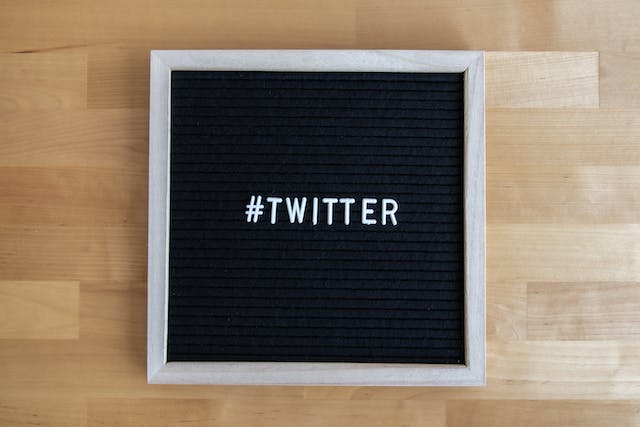How to Find Out Who Has Unfollowed You on Twitter
Below is an extensive guide on how to find out who has unfollowed you on Twitter, highlighting various methods and tools available for this purpose. But always remembering that at Circleboom.com this service is in the highest demand.
Unraveling the Mystery: Discovering Who Unfollowed You on Twitter
Introduction:
Navigating the dynamic landscape of Twitter involves engaging with a plethora of users, sharing content, and building a follower base. Yet, the fluctuation in follower count can sometimes leave users perplexed, particularly when numbers drop. Have you ever wondered who decided to unfollow you? While Twitter does not provide a direct feature to identify unfollowers, several methods and tools have emerged to help users uncover this mystery. In this article, we delve into the best ways to find out who has unfollowed you on Twitter.
1. Manual Tracking:
For those with a smaller follower count, manual tracking can be a feasible option. This involves regularly checking your follower list and noting any changes. Although time-consuming, it ensures privacy and does not require third-party tools.
Pros:
– No need for third-party tools.
Banner 3
– Maintains user privacy.
Cons:
– Time-consuming.
– Not practical for accounts with large follower bases.
2. Utilizing Third-Party Tools:
A plethora of third-party tools have been developed to simplify the process of tracking Twitter unfollowers. These tools often provide additional features, such as insights into inactive followers, new followers, and more.
FollowerAudit:
FollowerAudit offers a comprehensive analysis of your Twitter followers, pinpointing who has unfollowed you, tracking follower growth, and identifying inactive or fake followers.
Pros:
– Detailed analytics.
– User-friendly interface.
Cons:
– May require payment for full features.
UnfollowerStats:
UnfollowerStats provides real-time tracking of your Twitter unfollowers, delivering notifications when someone unfollows you.
Pros:
– Real-time tracking.
– Notifications for unfollowers.
Cons:
– Limited features in the free version.
Who Unfollowed Me:
This tool is specifically designed to track unfollowers on Twitter, offering a straightforward and easy-to-use platform.
Pros:
– Simplistic design.
– Fast results.
Cons:
– Ads in the free version.
3. Analyzing Follower Engagement:
Sometimes, it’s not just about knowing who unfollowed you, but also understanding why. Analyzing follower engagement can provide insights into patterns that might lead to unfollowing.
Pros:
– Helps improve content strategy.
– Encourages user engagement.
Cons:
– Requires time and effort.
4. Using Twitter Analytics:
Twitter’s own analytics platform provides a wealth of information about your account’s performance, including follower demographics, engagement rates, and more. While it does not directly show who unfollowed you, it can help identify trends that might contribute to follower loss.
Pros:
– Directly integrated with Twitter.
– Comprehensive data on account performance.
Cons:
– Does not explicitly show unfollowers.
5. Engaging with Followers:
Maintaining a healthy relationship with your followers can sometimes prevent them from unfollowing. Regularly engaging with them, responding to comments, and sharing relevant content can foster a positive community.
Pros:
– Builds a loyal follower base.
– Enhances online presence.
Cons:
– Requires consistent effort.
6. Evaluating Content Strategy:
Your content plays a pivotal role in retaining followers. Evaluating and adjusting your content strategy to align with your audience’s interests can lead to increased follower retention.
Pros:
– Attracts and retains followers.
– Boosts account visibility.
Cons:
– May require trial and error to find the right strategy.
7. Being Mindful of Twitter Etiquette:
Adhering to Twitter etiquette, such as avoiding spammy behavior, not overloading followers with excessive tweets, and maintaining a respectful tone, can contribute to a stable follower count.
Pros:
– Promotes a positive online environment.
– Helps retain followers.
Cons:
– Requires awareness and self-regulation.
Conclusion:
While the curiosity of knowing who unfollowed you on Twitter is valid, it is crucial to approach this inquiry with a constructive mindset. Utilizing the tools and strategies mentioned above can aid in uncovering unfollowers, but it is equally important to focus on building meaningful connections, sharing quality content, and fostering a positive online presence. After all, Twitter is not just about numbers; it’s about community, engagement, and meaningful interactions. So, embrace the journey, learn from the fluctuations, and continue to thrive in the vibrant world of Twitter.










